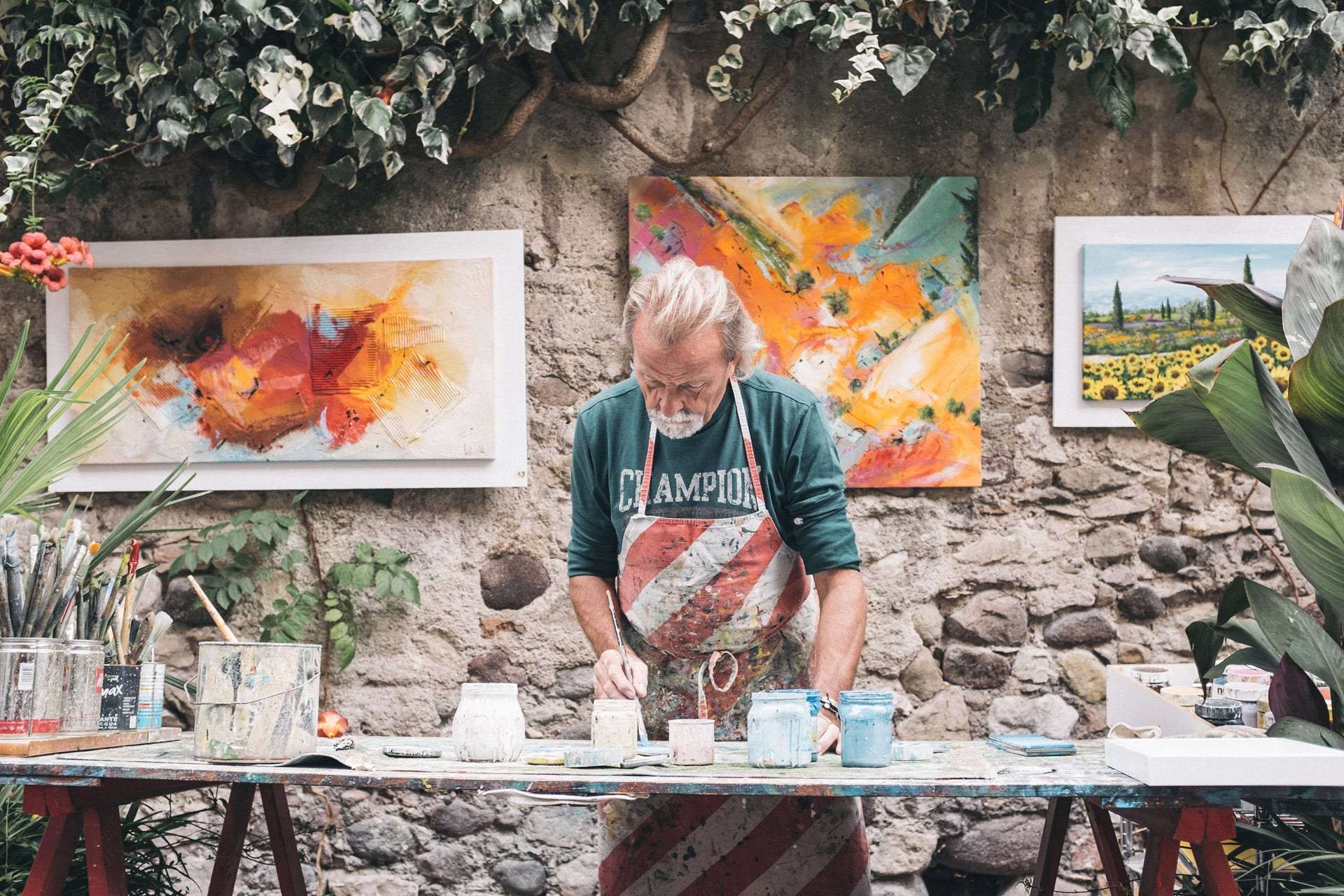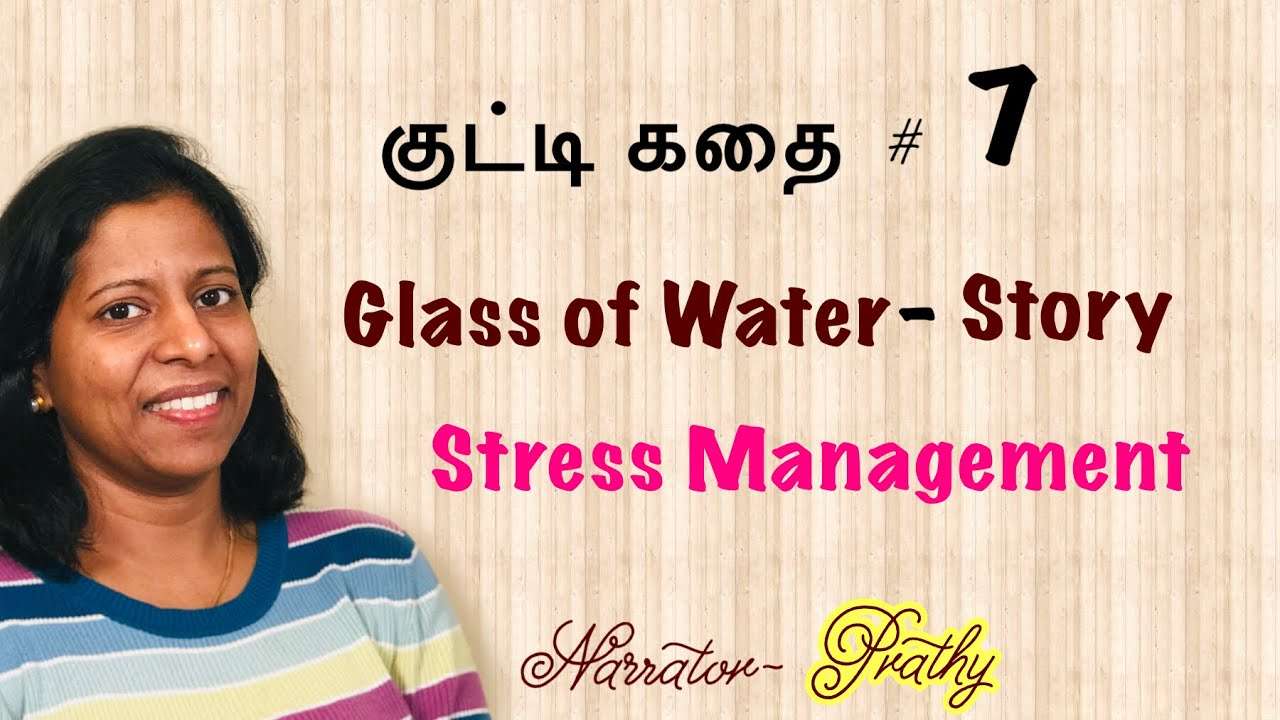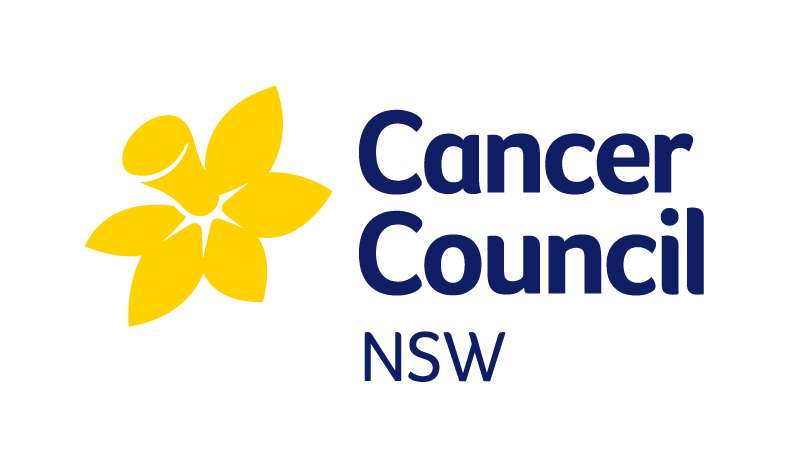Art – no matter whether you choose to create it yourself or simply observe and enjoy it – is a relaxing and inspiring activity for many people. However, the particular benefits of artistic expression go much further than relaxation and enjoyment. Studies suggest that art therapy can be very valuable in treating issues such as depression, anxiety, post-traumatic stress disorder and even some phobias. It is a great way to express your emotions without words, process complex feelings and find relief. In this article, we will take a closer look at art therapy and discuss its mental health benefits.
What Is Art Therapy?
Art therapy can be defined in many ways, but the simplest way to define it is an application of the visual arts in a therapeutic context. You don’t necessarily have to see a therapist in order to experience some of the therapeutic benefits of artistic expression. There are many simple activities you can try from the comfort of your home such as art journaling, sketching, making collages, sculpting with clay, etc. It doesn’t matter what media you choose. The only thing that matters is that you feel comfortable using it.
However, working with a licensed therapist also has its advantages because a professional can tailor each activity to your own needs. If the activities are done in a group, they are excellent for building healthy connections with other people, which may be very helpful if you are fighting depression. The most important thing is that you should try art therapy only if you want it. Expressing yourself through art can be self-revealing and sometimes equally painful as talking. So, if you still don’t feel ready to try it, that is okay.

Who Should Try Art Therapy?
Anyone who feels overwhelmed or pressured by the hectic world we live in should try art therapy. Creating art will give you a chance to slow down and explore any issues you may be having. Art therapy improves the mental health of people who are dealing with addictions, anxiety, attention disorders, grief and loss, dementia, depression, eating disorders, physical illness, PTSD, trauma, relationship issues and much more.
Since the focus is on the process and not the final product, art therapy is not about becoming a great artist but about finding meaning and connection in your life. All you need for it is a willingness to experiment.
Mental Health Benefits of Art Therapy Activities
Art therapy can be used as a complement to traditional mental health treatment. The aim is to manage behaviors, process feelings, reduce stress and anxiety, and increase self-esteem.
- Self-discovery: Creating art can help you acknowledge and recognize feelings that have been lurking in your subconscious.
- Self-esteem: The process will give you a feeling of self-accomplishment which can be very valuable to improve your self-appreciation and confidence.
- Emotional release: The greatest benefit of art therapy is giving you a healthy outlet for expressing and letting go all your feelings and fears. Complex emotions such as sadness or anger sometimes cannot be expressed with words. When you are unable to express yourself, but you desire emotional release, making art may help you to do it.
- Stress relief: Fighting anxiety, depression or emotional trauma can be very stressful for you both mentally and physically. Creating art can be used to relieve stress and relax your mind and body.

It is very important to know that you don’t have to be a talented artist in order to try art therapy. Human beings are innately creative, and all you need to do to complete an art therapy activity successfully is, to be honest with yourself and your emotions. Once you unleash your creativity, your inner artist will quickly wake up.
Studies also show that creating art stimulates the release of dopamine. This chemical is released when we do something pleasurable, and it basically makes us feel happier. Increased levels of this feel-good neurotransmitter can be very helpful if you are battling anxiety or depression.
Mental health professionals and experts agree that art therapy has many benefits, from boosting your self-esteem, and providing you a safe outlet to relieve your emotions, to giving you a sense of control over your life and helping you to get to know and understand yourself better. During the process of art creation, you will be taking yourself on a journey of self-discovery that will help you eliminate emotional roadblocks, and learn how to communicate with yourself and others.
Get our latest articles direct to your mailbox.
___
Join our mailing list for more articles written by family members, people with lived experience, and mental health professionals.
Get Tips to Your Inbox
 Author Bio: Mary Ann Cohen is considered one of the nation’s most successful and respected art dealers with over 35 years of International visual fine art experience. She actively encourages the use of art therapy in her galleries.
Author Bio: Mary Ann Cohen is considered one of the nation’s most successful and respected art dealers with over 35 years of International visual fine art experience. She actively encourages the use of art therapy in her galleries.
One in five Americans experiences a mental health problem every year, but when it happens to someone you love, it can feel like you are all alone.
Laurel House, Inc., the sponsor of www.rtor.org and its free support services, has produced a 4-minute video about Resources to Recover and a family’s journey from heartbreak to healing.
See the Film
The opinions and views expressed in this guest blog do not necessarily reflect those of www.rtor.org or its sponsor, Laurel House, Inc. The author and www.rtor.org have no affiliations with any products or services mentioned in this article or linked to herein.
Recommended for You
The benefits art therapy can have on mental and physical health
Art can be a versatile form of therapy that can help people of all ages.
Art therapy has been around since the 1940s. Two pioneers in the field, Margaret Naumburg and Edith Kramer, used art therapy as a way to help clients tap into their inner thoughts, feelings and experiences through creative expression. Therapist use patients’ free form art expressions to encourage them to talk about the images and to begin to look to themselves for meaning and insight. Combined with talk therapy, it can help people deal with strong emotions, increase self-awareness and self-worth and decrease stress and anxiety. Art therapy can involve a variety of creative expression including drawing, painting, coloring or sculpting, to name a few.
Over the decades, art therapy has been used mainly by mental health practitioners for patients ranging in age from the very young to the elderly, war veterans, prisoners and people with diagnosed mental disorders. By the 20th century, art therapy was a recognized field requiring certification and training in both art and therapy. Art therapy has also moved outside of mental health facilities and into other community settings such as schools, shelters, nursing homes, residential treatment facilities and halfway houses.
In more recent years, researchers have explored the benefits of art therapy for treating a variety of physical health difficulties. Some of their findings show art therapy:
- Helped reduce pain, decrease symptoms of stress and improve quality of life in adult cancer patients.
- Improved ability to deal with pain and other frightening symptoms in children with cancer.
- Reduced stress and anxiety in children with asthma.
- Stimulated mental function in older adults with dementia.
- Indicated a reduction in depression in Parkinson’s patients.
In her book, The Art Therapy Sourcebook, Cathy Malchiodi, a leading expert in today’s art therapy movement, states that, through art therapy “people may find relief from overwhelming emotions, crises or trauma. They may discover insights about themselves, increase their sense of well-being, enrich their daily lives through creative expression, or experience personal transformation.”
Michigan State University Extension recognizes that overall human health encompasses many aspects, and positive health outcomes involve integrated mental, physical, social/emotional and environmental approaches. Art therapy is one approach that has proven to benefit both mental and physical health. If you are interested in learning more about ways MSU Extension can help you be healthier, please visit our website, and check out some of our classes such as Stress Less with Mindfulness and RELAX: Alternatives to Anger.
:focal(800x602:801x603)/https://tf-cmsv2-smithsonianmag-media.s3.amazonaws.com/filer_public/93/6b/936be10e-5770-4a93-ad2f-bdec3ada54ef/arttherapy-v1_web.jpg)
Like many, Andrea Cooper felt increasingly isolated and lonely during the coronavirus pandemic. Cooper, a retired graphic designer and amateur folk musician who leads a grant-funded art program for cancer patients at Baltimore’s Mercy Medical Center, is a highly social person. So when the pandemic led to the cancellation of many of her activities and events, and caused others to be switched to Zoom, she missed her usual face-to-face connections with others.
As the pandemic dragged on, her mental health began to suffer even more. Eventually, Cooper’s depression got so bad that she had to be hospitalized. As part of her recovery, she participated in a ten-day inpatient program and began working with an art therapist.
Even though she’s an artist herself, Cooper was at first skeptical of the therapist’s prompts, which were meant to inspire Cooper and other patients to draw and paint as a means of working through their pain. But as Cooper spent more time thinking about her mental health, she began to deeply contemplate the therapist’s questions, including one about growth. “I thought about it and knew I was going to have to make some hard decisions in order to grow, that if I kept on the same track, things were not going to get any better,” says Cooper, who is 66.
In the end, she drew pair of pruning sheers cutting one of the stems of a rose bush. On her drawing, she wrote: “Sometimes you have to prune the flower to encourage growth.”
Cooper is one of the many individuals who have experienced the benefits of art therapy, an integrative treatment that uses artistic self-expression as a means of improving mental health and well-being. And as individuals continue to work through the mental health challenges brought on by the pandemic—which triggered a 25 percent increase in depression and anxiety around the globe, according to the World Health Organization—this niche therapy is poised to become even more popular. The pandemic brought up many difficult-to-define feelings and emotions, and making art in the presence of a licensed therapist can be a mindful, low-tech way to work through them.
Making art as a form of mental health treatment dates back to the mid-20th century, when soldiers returning from the battlefields of World War II were left with a condition that was known as “shell shock,” but is now called post-traumatic stress disorder. Veterans painted, drew, sculpted and made other forms of art to help process what they’d witnessed and experienced at war. “They struggled with traditional forms of medical and therapeutical intervention,” says Girija Kaimal, an art therapist at Drexel University and the president of the American Art Therapy Association (AATA). “Experiences like trauma are very difficult to articulate into words, so therapies that can support and connect patients with nonverbal expression are really the foundation of the creative arts therapies.”
The practice has been growing ever since. Today, around 5,000 art therapists practice in the United States, plus more around the world. They use the treatment to help patients in myriad situations. Children in schools have worked with art therapists to deal with social and emotional difficulties, behavioral disorders, ADHD, low self-esteem and other issues. Adults who have experienced some kind of trauma have tried it as well. Therapists have brought art to cancer patients undergoing chemotherapy, teens facing mental health issues, veterans, aging seniors, patients with eating disorders, prisoners and many other groups experiencing physical and mental health challenges.
Therapists offer treatment in groups or in one-on-one settings, and the therapy itself can take on many forms—from unstructured doodling to more specific prompts and activities designed to help patients make sense of their emotions. Patients can initially be reluctant to engage—often because they don’t consider themselves to be artistic or they haven’t made art since childhood—so therapists sometimes have to get creative. “I might ask them to make a gesture or even try to make a sound like a sigh, and then use colors, shapes and lines to show me what that looks like,” Cathy Malchiodi, an art therapist and the director of the Trauma-Informed Practices and Expressive Arts Therapy Institute, told Art in America magazine’s Jacoba Urist in October 2021.
Of course, humans—and our prehistoric ancestors—have been making art since long before art therapy became an established field. Though archaeologists disagree about exactly what constitutes art, they believe the practice dates back to at least the Paleolithic, tens of thousands of years ago. And though no one knows exactly why prehistoric individuals felt compelled to paint on and carve up the walls of caves, based on the amount and geographic reach of prehistoric art, they likely got some enjoyment out of this artistic expression. “Art-making for health and well-being is as old as the hills—it’s not anything new,” says Kaimal. “Every community has creative practices that we’ve engaged in for as long as we’ve been around.”
But why art? When patients have a hard time putting feelings into words, drawing, painting, sculpting, making collages, creating personalized papier-maché masks and engaging in other practices can help them unlock their emotions and translate them into something real. In the process, they’re able to share a bit of what they’re going through with the folks around them. Like other forms of therapy, art is also a safer, healthier way to channel stress and other negative emotions into action compared to destructive or harmful choices, says Kaimal. “Engaging in the artistic practice helps concretize and externalize these difficult inner experiences,” she says. “When we limit ourselves to just words, we’re losing a significant part of our lived experiences. Some people can put their feelings into words beautifully, but most of us cannot. To have additional expressive forms is really just allowing the whole person to present themselves.”
Research has found that making art can activate reward pathways in the brain, reduce stress, lower anxiety levels and improve mood. Various studies have also looked at its benefits among specific populations: It’s been linked with reduced post-traumatic stress disorder and depression among Syrian refugee children and lower levels of anxiety, PTSD and dissociation among children who were victims of sexual abuse, for example. Art therapy can help reduce pain and improve patients’ sense of control over their lives.
Because art therapy can be particularly helpful when folks don’t have the words to describe their experience or challenges, it’s ideally suited for improving mental health and well-being in the wake of the pandemic, which gave rise to abstract emotions like languishing and burnout. In AATA’s May 2020 coronavirus impact report, therapists pointed out that individuals are simply tired of talking about the pandemic and such feelings—and, because of all-day meetings on Zoom, talking in general. During art therapy, they don’t have to say a word if they don’t want to—but they can still work through their emotions. As one therapist noted in the survey, many clients “welcome expressing themselves using art materials, giving their brains a new task and their mouths a break.”
Making art is a hands-on process that requires total focus, which means it also offers a break from screentime, which surged during the pandemic. As Mallory Braus and Brenda Morton wrote in the journal Psychological Trauma: Theory, Research, Practice, and Policy in 2020, “In art therapy, mindfulness is what allows an individual to receive the therapeutic benefit of ‘tuning out’ the daily stress and anxiety and to focus on a single task while also focusing on the materials employed for self-expression.”
Art therapy isn’t a cure-all and it may not be the right approach for everyone—it often works well as a complement to other traditional therapies, Kaimal says—but it can have definite benefits. Still, researchers need to do more to fully understand how, why and when art therapy works. Much of the research draws on the anecdotal experiences of clinicians and patients, and many studies have had small sample sizes, Kaimal notes. Experts need to conduct more randomized control trials and larger-scale quantitative studies to help sway health insurance companies to recognize art therapy as a form of treatment—and pay for it. The field could also benefit from additional evidence around how art therapy affects different populations. “Compared to other mental health professions, we have a long way to go,” she says.



